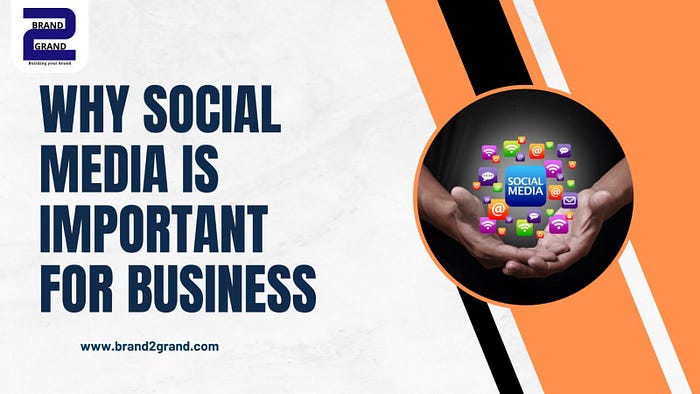
As of my last knowledge update in January 2022, I don’t have real-time data on how small businesses are specifically spending their marketing dollars in 2024. However, I can provide you with insights into general trends and strategies that small businesses often adopt. For the latest and most accurate information, please refer to recent industry reports, surveys, and studies conducted in 2024. Here are some common trends and strategies that were relevant for small businesses in marketing:
1. Digital Marketing Dominance:-
Small businesses continued to allocate a significant portion of their marketing budget to digital channels. This includes investments in social media marketing, search engine optimization (SEO), email marketing, and online advertising.
2. Social Media Advertising:-
Platforms like Facebook, Instagram, Twitter, and LinkedIn remained popular for small businesses to connect with their target audience through paid advertising. Social media ads offer targeted options, making it a cost-effective choice for reaching specific demographics.
3. Content Marketing:-
Creating valuable and relevant content remained a priority for small businesses. Content marketing, including blog posts, videos, and infographics, helps establish authority, engage audiences, and improve search engine rankings.
4. Influencer Partnerships:-
Collaborating with micro-influencers or local influencers became a popular strategy for small businesses looking to leverage trusted voices in their communities.
5. Local SEO:-
As local search continued to play a crucial role, small businesses focused on optimizing their online presence for local search through tactics such as local SEO, Google My Business optimization, and online reviews.
6. Email Marketing Automation:-
Email marketing remained an effective and budget-friendly tool for small businesses. Automation features helped them nurture leads, engage customers, and promote products or services.
7. Video Marketing:-
The popularity of video content persisted, and small businesses embraced video marketing for promotional and educational purposes. Short-form videos for social media and longer-form content for websites and YouTube were common.
8. Mobile Optimization:-
Given the prevalence of mobile device usage, small businesses invested in ensuring their websites and marketing materials were optimized for a seamless mobile experience.
9. Customer Retention Programs:-
Small businesses recognized the value of retaining existing customers. Loyalty programs, personalized offers, and targeted communication aimed at keeping customers engaged and satisfied were part of marketing strategies.
10. Community Engagement:-
Building a sense of community and engaging with the local audience remained a focus. Small businesses often participated in local events, sponsorships, and collaborations to strengthen their ties with the community.
11. Data Analytics Tools:-
Utilizing data analytics tools became more common among small businesses. Analyzing customer behavior, campaign performance, and other key metrics helped in making informed marketing decisions.
12. Partnerships and Collaborations:-
Small businesses explored partnerships and collaborations with other local businesses or complementary brands, enhancing their reach and attracting shared audiences.
Keep in mind that the specific strategies adopted by small businesses can vary based on their industry, target audience, and geographic location. To get the most accurate and recent information, consider looking into industry reports, case studies, and surveys specific to small businesses in 2024.

